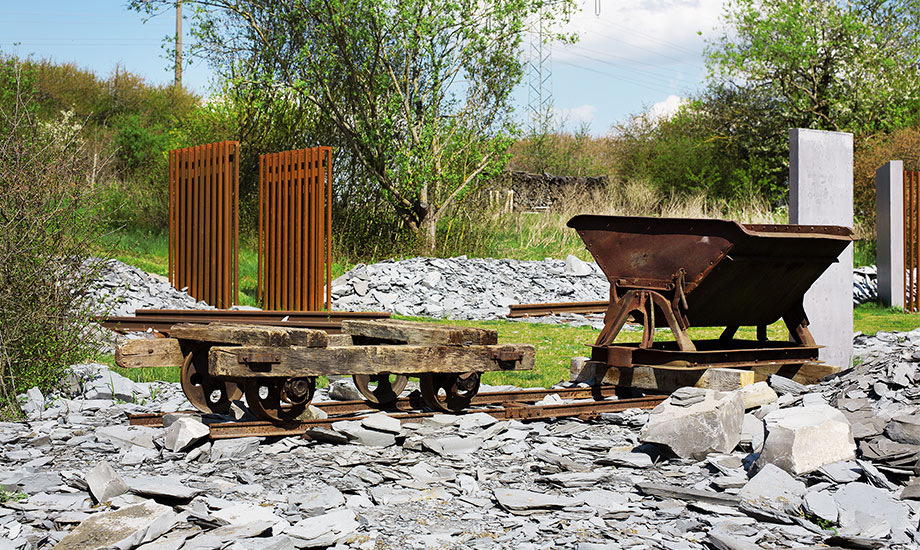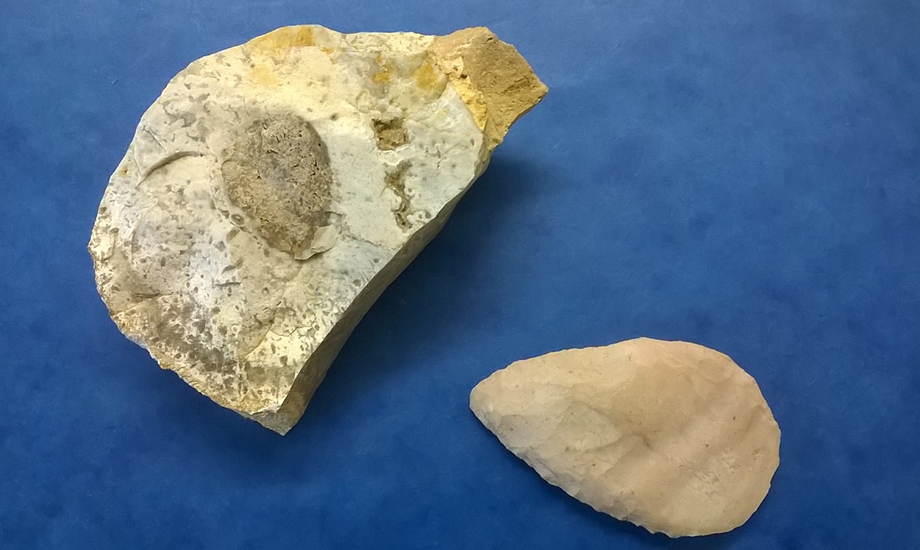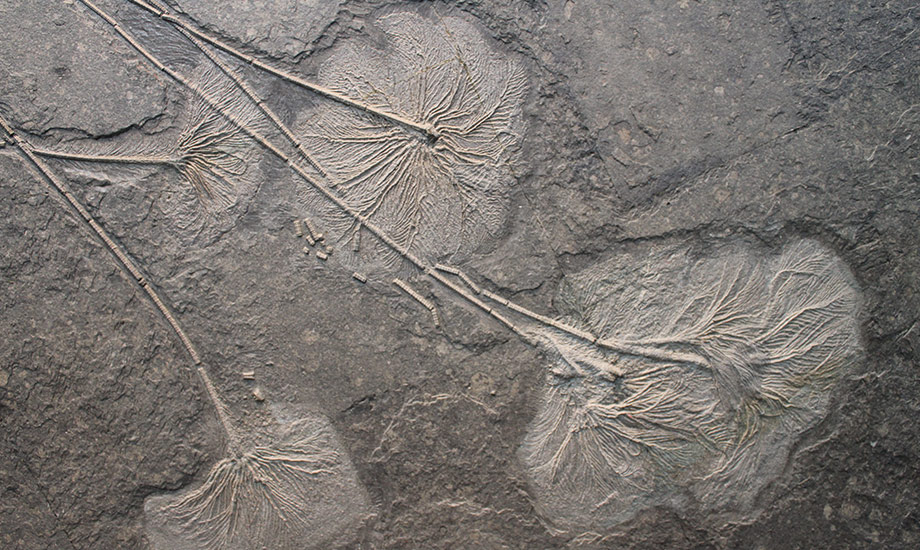Dormettingen Remembrance Trail
The Dormettingen Remembrance Trail – a geopoint that makes you think
The Swabian Jura is characterised by its unique geological history - but also by its cultural and industrial history. One of its darkest sides is thematised on the Dormettingen – Unternehmen Wüste geopoint remembrance trail. The approximately 3-kilometre circular trail is part of the Slate Experience Trail in the area of the former oil shale quarry near Dormettingen and is dedicated to coming to terms with the Nazi era, when shale oil was extracted here under inhumane conditions.
During the Second World War, the National Socialists attempted to extract fuel vital to the war effort from the local oil shale under the code name ‘Unternehmen Wüste’. Concentration camp prisoners were forced to perform forced labour in several camps in the Swabian Jura – including at Plant 7 near Dormettingen. The traces of this chapter are now part of the memorial trail, which makes the past visible with informative panels, a ‘memorial monument’ and an impressive outdoor exhibition in the former transformer station.
The path leads through an area that appeared desolate and destroyed after the war – a real ‘desert’, as the cynical project name suggests. Today, the area has been renaturalised and is a refuge for rare plant and animal species. Sheep and goats tend the semi-open pasture landscape, in which flora and fauna have been able to develop in remarkable diversity.
Special stations include a restored slate pile with a tipping lorry in the middle of the site and the outdoor exhibition at the historic site of the former substation. The ‘memorial’ commemorates the victims and shows how low the yield of shale oil was – a depressing result in view of the human price paid for it.
The Dormettingen Geopoint makes it clear that geology not only reveals beautiful things – but also traces of a past that must not be forgotten. With this special place, the UNESCO Global Geopark Swabian Alb is committed to connecting nature, geological history and historical responsibility.
Address
Geopoint Schiefererlebnis Dormettingen
Schiefererlebnis 1
72358 Dormettingen
(Zollernalbkreis)



